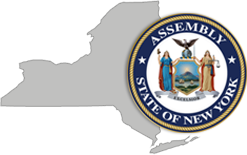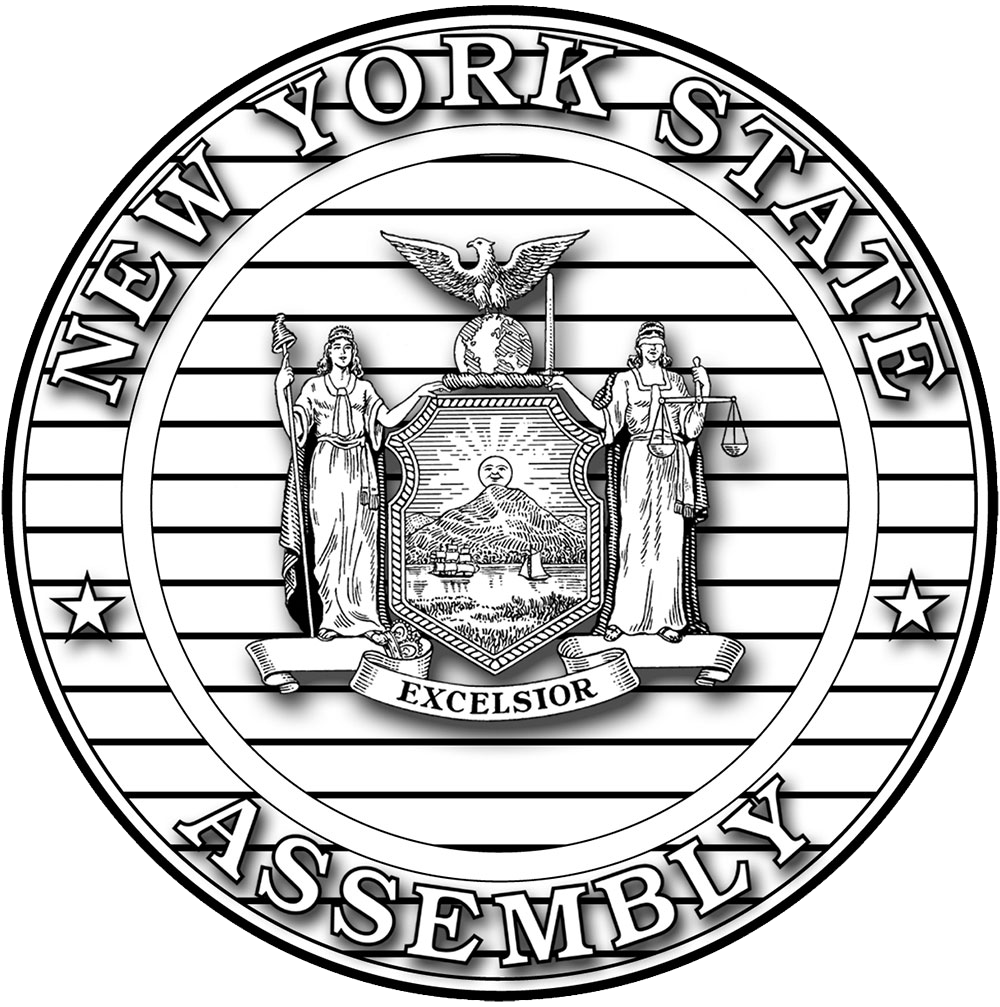Human Trafficking Thrives in Darkness, Our Conference Hopes to Shine a Light
Column from Assembly Minority Leader Will Barclay
Human trafficking is a deeply disturbing issue that occurs in every part of our country, including right here in New York. Anyone can be a victim of human trafficking. It is a pervasive issue that hurts far too many. Every person has the right to dignity and freedom; this abuse and violation of basic human rights must be stopped.
Earlier this week, my colleagues in the Assembly Minority Conference hosted the first of several forums addressing the devastating impact human trafficking has on women, children and others. The first two events, one at Stony Brook University and another at Nassau Community College, were tremendous successes. The feedback we heard from law enforcement, community leaders, victims’ advocates and other stakeholders was eye-opening, and with their insights, the Task Force on Human Trafficking will be able to better craft targeted, meaningful legislation to help victims and stop perpetrators of these horrible crimes.
One of the greatest challenges in thwarting human trafficking and exploitation is its elusive nature. Victims are often difficult to identify and locate, and in far too many instances, human trafficking takes place in near-total anonymity. For example, the New York State Interagency Task Force reported there were 295 confirmed cases, yet the National Human Trafficking Hotline reported there were more than 400 cases of human trafficking in New York involving a suspected 639 victims in 2021, which is the most recent year data was published. According to the data, many of these victims were subject to sex trafficking.
One of the most common myths about trafficking is that it most often involves kidnapping. While that can be the case, according to the Human Trafficking Hotline, kidnappers often use psychological means such as manipulation and threats to exploit their victims. The victims of sex trafficking face particularly harrowing trauma, as they often find themselves abused and mistreated with little hope of escape. For these reasons, the work of this task force is critical, and we hope to develop ways to better identify where instances of human trafficking take place and what can be done to root it out in New York.
Our task force meetings and roundtable discussions will take place across the state. While any region of the state is susceptible to human trafficking — just days ago police arrested two individuals involved in a suspected ring in Baldwinsville — high-density locations like New York City require particular attention. I look forward to hearing from experts in these areas and others going forward; with their guidance, we will make New York a safer place for everyone, especially those vulnerable to the horrors of human trafficking.

